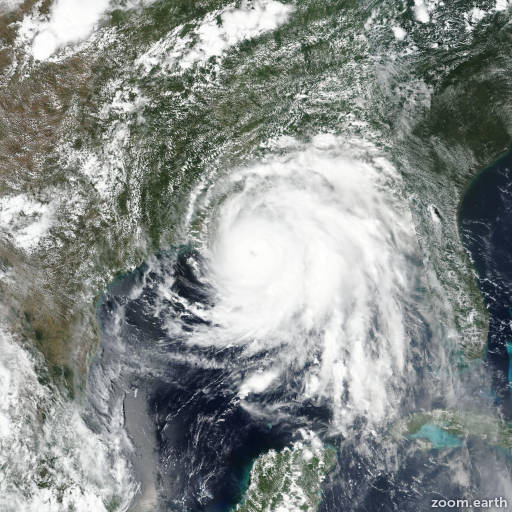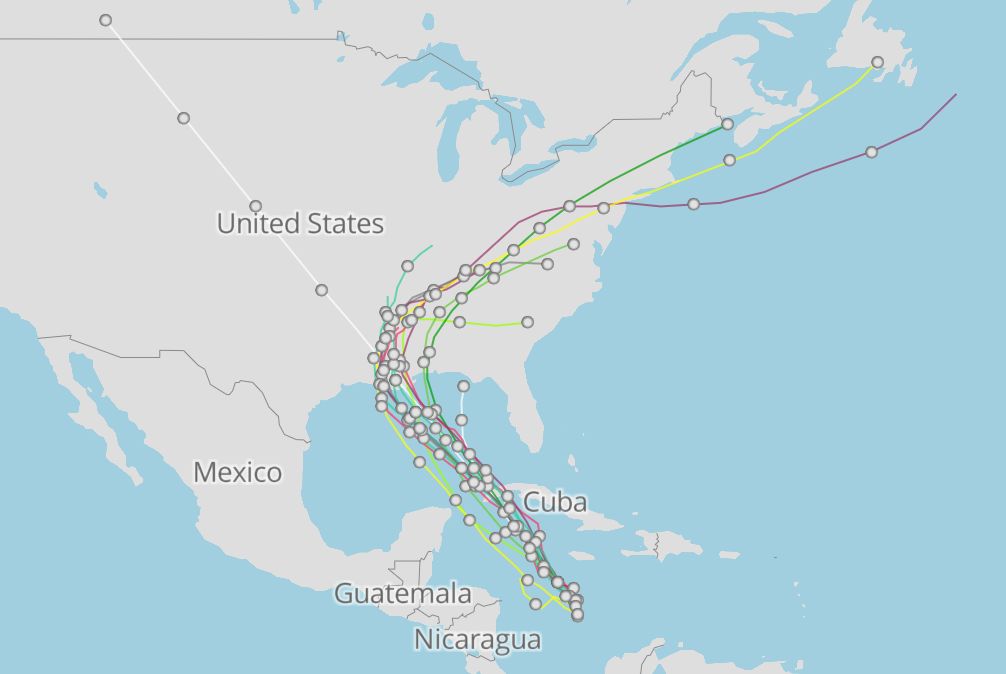

Nearly all offshore Gulf oil production was also suspended in advance of the storm, and major ports along the Louisiana and Mississippi coasts were closed to shipping.

The storm’s approach forced the suspension of emergency medical services in New Orleans and across a state already reeling from a fourth wave of COVID-19 infections that has strained Louisiana’s healthcare system.įor an estimated 2,450 COVID-19 patients hospitalized statewide, many in intensive care units, evacuation was not an option. Rising sea levels, which highlight the effects of climate change, add to the challenge.

In 2019, the Army Corps warned of the need to reinforce the earthen levees, which have been losing height due to settling in the soft soils of the region. Source: Levee data from US Army Corps of Engineers, base imagery Maps4News Just three days after emerging as a tropical storm in the Caribbean Sea, it had intensified into a Category 4 hurricane. Ida was the first major hurricane to strike the United States this year. storms on record, struck the Gulf Coast, and about a year after the last Category 4 hurricane, Laura, battered Louisiana. The storm arrived 16 years to the day after Hurricane Katrina, one of the most catastrophic and deadly U.S. Members of a rescue team help evacuate people after Hurricane Ida made landfall in Laplace, Louisiana, U.S. Officials estimate it will take six weeks to restore power to the affected parishes, Jefferson Parish Emergency Management Director Joe Valiente said in an interview with NPR.
HURRICANE TRACK IDA GENERATOR
Herald wire services contributed to this report.A loss of generator power at the Thibodaux Regional Health System hospital in Lafourche Parish, southwest of New Orleans, forced medical workers to manually assist respirator patients with breathing while they were moved to another floor, the state Health Department confirmed to Reuters. More than 5,000 members of the National Guard have been activated from Louisiana, Mississippi, Alabama, and Texas to support search and rescue and recovery efforts.Īlso, more than 25,000 debris crews from 30 states are rolling in to help with recovery efforts.īiden said, “The main thing I want to make clear to all of you is we’re providing any help … that you’re going to need.” “And there are roads that are impassable due to debris and downed power lines, and we need people to continue to shelter in place if it’s safe for them to do so.” “For a time, Ida caused the Mississippi River to literally change its direction, and some folks are still dealing with the storm surge and flash flooding,” President Biden said during a briefing on the hurricane. Residents living amid the maze of rivers and bayous along the Gulf Coast retreated desperately to their attics or roofs. Rescuers set out in boats and helicopters to reach people trapped by floodwaters. As the storm continued to make its way inland with torrential rain and shrieking winds, it was blamed for at least two deaths.


 0 kommentar(er)
0 kommentar(er)
